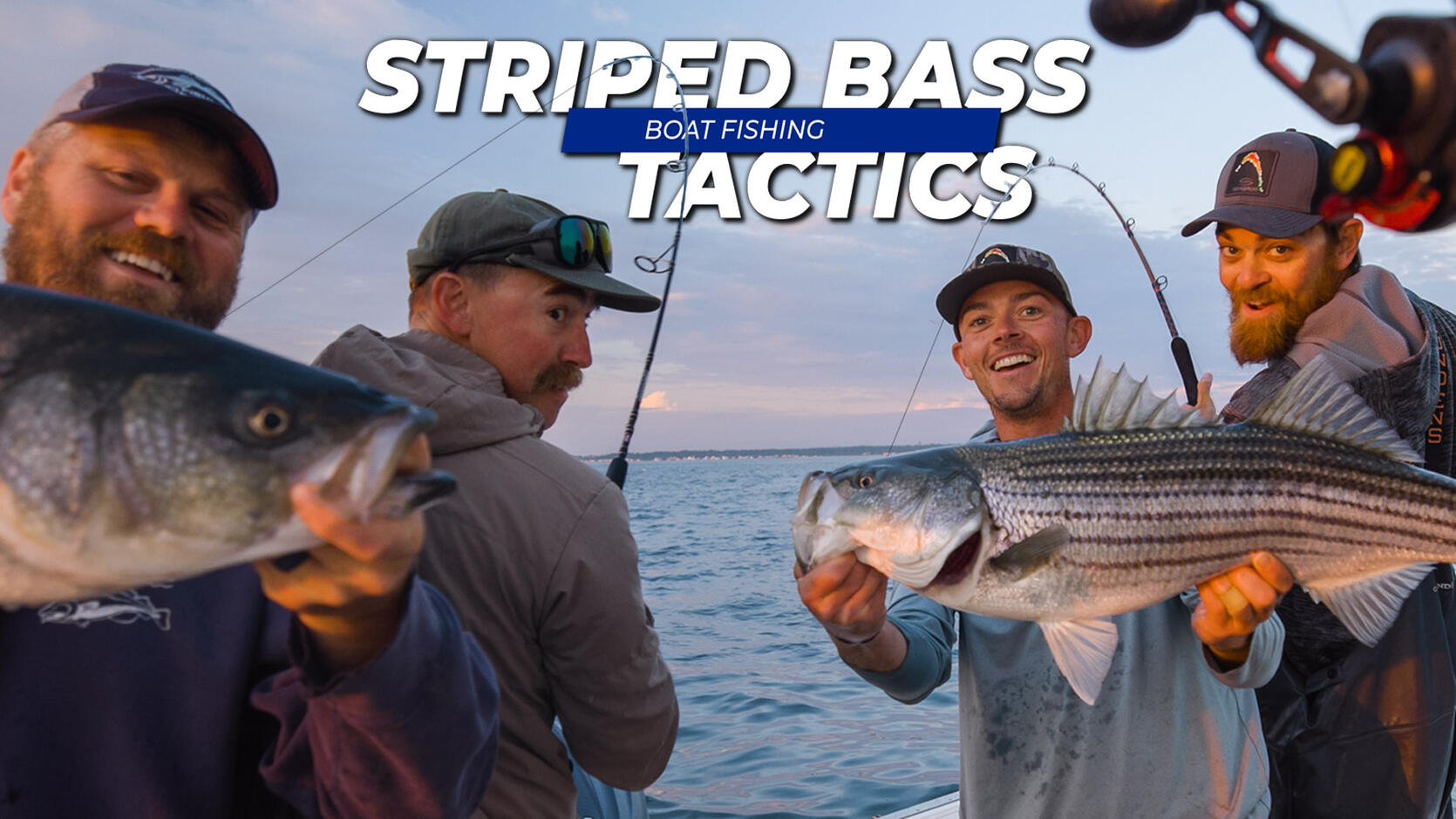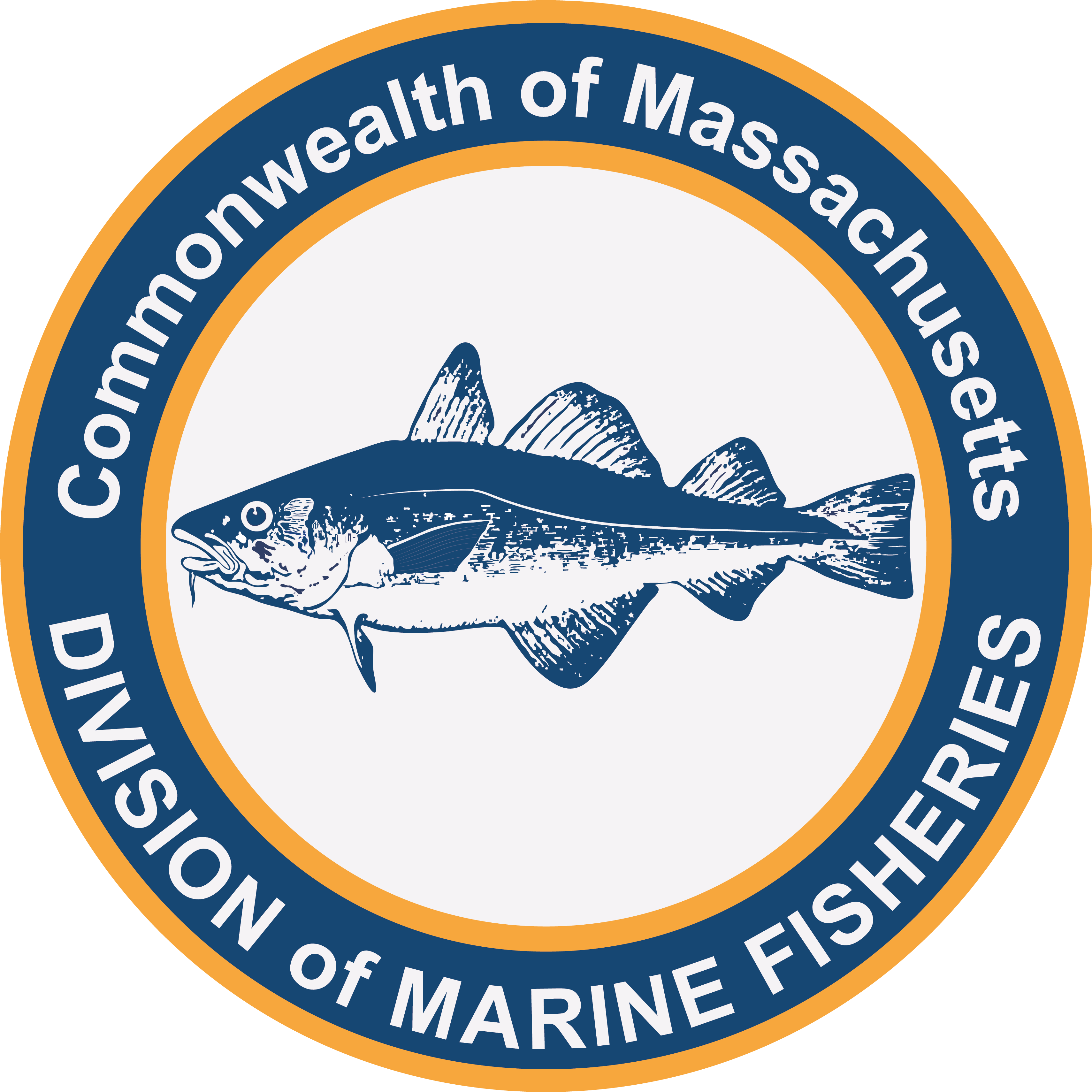- Division of Marine Fisheries

As another season of striped bass fishing gets underway in Massachusetts, DMF is continuing our work to make the fishery as enjoyable, and sustainable, as possible. This year will likely be a great one for striped bass fishing. The remaining fish born in the late 2000s and early 2010s are providing excellent catch and release trophy opportunities. The 2015 year-class are nearing that status, likely between 35” and 40”, and the 2018 year-class should provide lots of slot-sized fish for folks that cherish catching a “keeper”. At the same time, it will also continue the trend of fewer people encountering constant action with schoolies throughout our waters. We are also likely to hear about places and times where the fish just aren’t around like they used to be.
To help anglers succeed in our current fishery, and to prepare for what is likely coming in the future (see our Striped Bass Frequently Asked Questions for a deeper understanding of where we are and how we got here), DMF is launching the third phase of our post-release mortality research. We’re kicking it off with a series of Striped Bass Tactics videos to help you boost your striped bass angling, while also teaching you how to maximize the survival of your catch after you put it back in the water.
This source of mortality is so important in the striped bass fishery because, in most years, recreational angling accounts for about 90% of all mortality and up to half of that can be attributed to fish dying after being released! In the first phase of our research, we used acoustic telemetry to determine what factors lead to a striped bass surviving or dying after being caught. Next, we conducted a two-year Striped Bass Citizen Science Project. With the help of anglers in Massachusetts and the entire east coast, we gained a better understanding of how angling practices and gear choices affect post-release mortality.
Armed with this information, we recently launched an extensive survey of angling practices to registered permit holders in Massachusetts, Connecticut, New York, New Jersey, Maryland, and Virginia. Together, these states account for more than 80% of striped bass trips and fish caught along the coast and represent the many ways anglers pursue fish along the striper coast. Roughly 5% of anglers in each state will be selected for the survey, along with all the participants of the Citizen Science Project. If selected, you will be contacted by email, a postcard, or both. The survey should only take about 10 minutes, and your responses will play an important role in creating a more accurate estimate of coastwide mortality to guide management in the coming years.
Whether or not you are selected for the survey, there are plenty of ways you can contribute to increasing the survival of striped bass you catch and release. With over 8,000 striped bass catches reported to our Striped Bass Citizen Science Project, we can confidently tell you that one of the best things to do is switch out treble hooks on your lures and try to reduce the total number of hooks to just one. Replacing tail hooks with plug flags is a great way to keep that lure swimming right and bringing in the fish with just one hook. You should also try to keep your fight and handling time to a minimum by being prepared for the catch and using the proper gear. Remember, de-barbing your hook can reduce handling time!
To help out anglers and striped bass, DMF teamed up with Kevin Blinkoff and Jimmy Fee from On The Water, Ryan Callaghan from MeatEater, Bryan and Taylor Sears from Mass Bay Guides, and Nantucket surf fishing guide Tammy King to create a series of videos that offer plenty of tips and tricks from the professionals on how to be a better angler from a boat, kayak, or the surf. The videos also capture the lessons learned from our studies and how you can implement them in all these different settings. The actions of individual anglers, namely you, can make an impactful difference as we weather a coming downturn in striped bass abundance. Successful fisheries are a community effort, and we at DMF are proud of our fisheries, our anglers, and what we accomplish together.
By Ben Gahagan, Recreational Fisheries Program Manager
